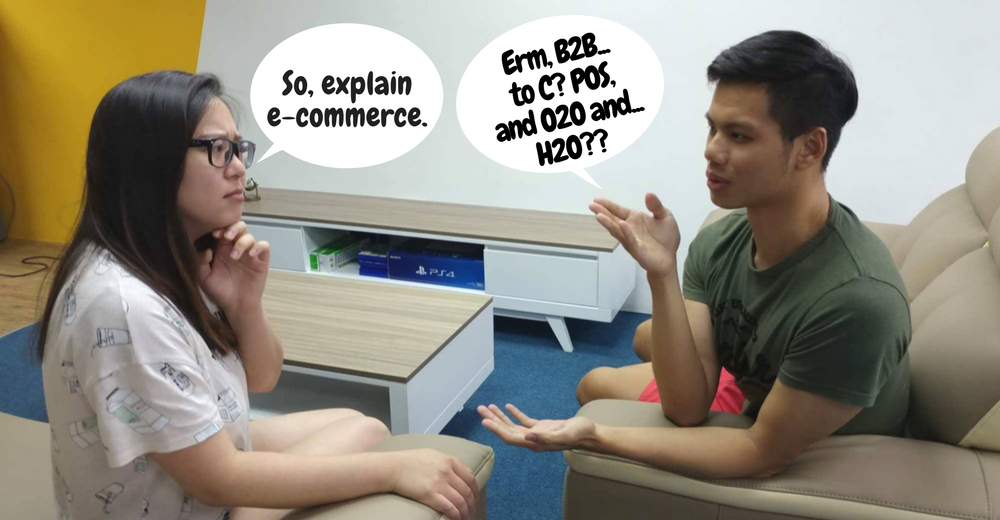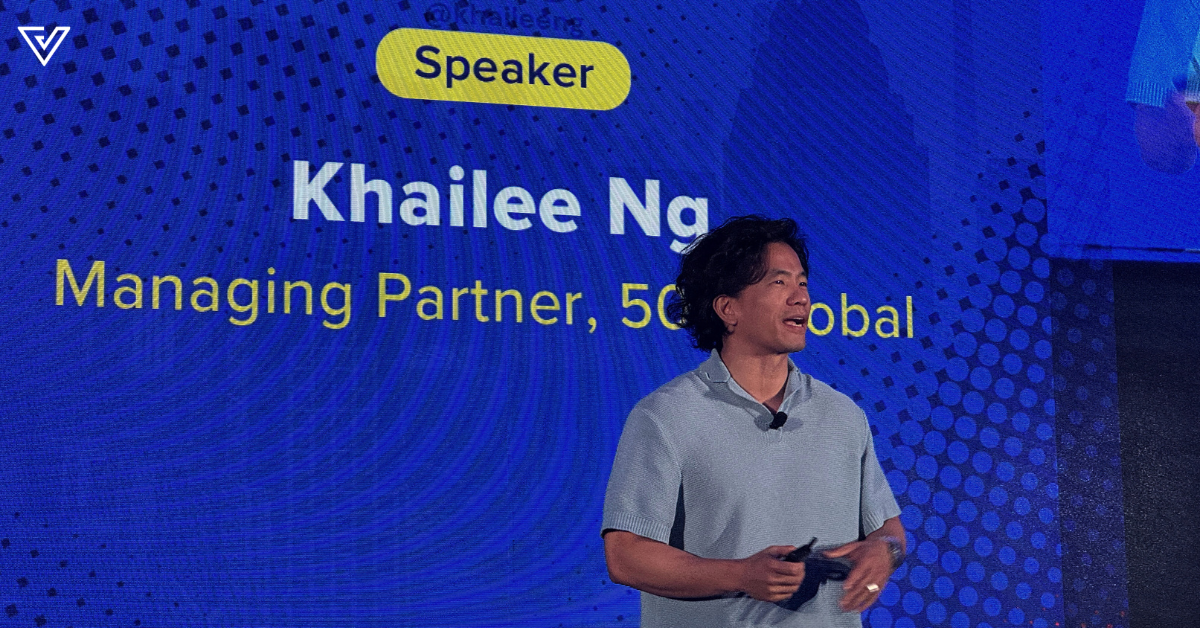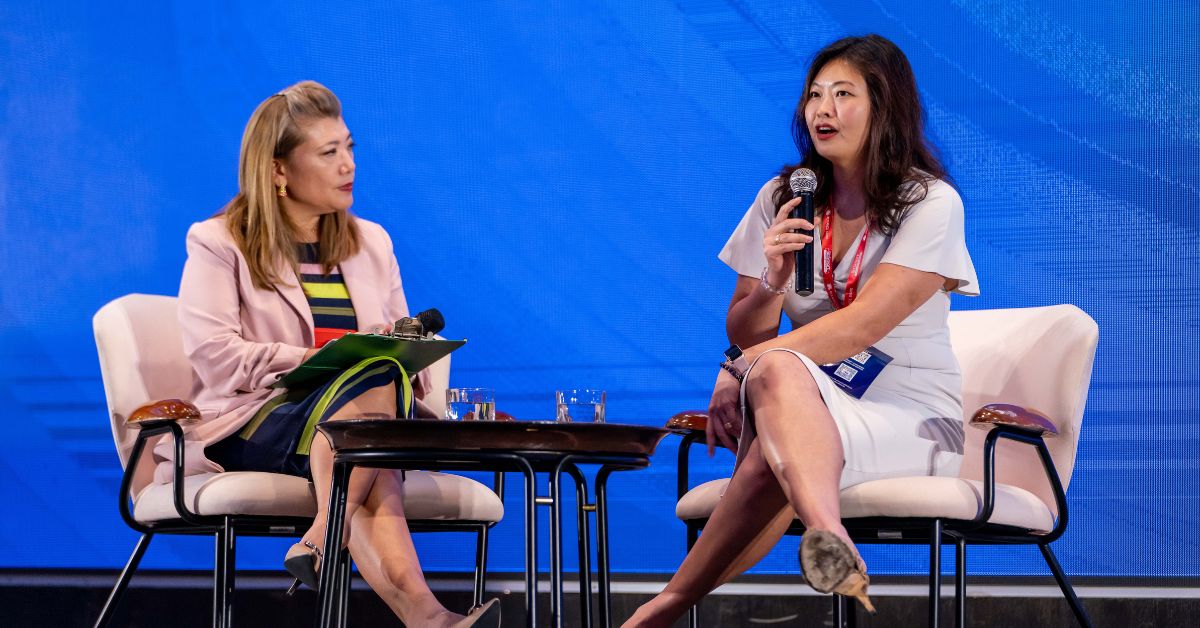With estimated revenue in the e-commerce market amounting to US$1,121m this year, it’s expected to show an annual growth rate of 23.2% resulting in a market volume of US$2,585m, over the next five years.
Despite almost 70% internet penetration in 2015, only 5% of Malaysian businesses had an online presence.
Conducted once a year, the Exabytes eCommerce Conference (EEC) is an opportunity for today’s e-commerce ecosystem to gather together with industry peers and heavyweights alike to understand the landscape and its trends better.
Happening on May 24 2017 from 8am–6pm in MaGIC Cyberjaya’s halls, Exabytes emphasises that the event isn’t just for industry players, but it’s also set as an occasion for anyone interested, and students like, in e-commerce to learn from talks and presentations by experts in the ever-changing digital weave.
Here are some questions that will be answered at the conference that can help business up their e-commerce game.
1. How Do You Prepare Your E-Commerce Company For Crowdfunding?
Image Credit: Babydash
Last year, we predicted that equity crowdfunding would grow remarkably.
This year saw Babydash breaking records by raising over RM1 million in their 45 day campaign, a stark contrast to their target of RM200k.
Along with growing smartphone subscriptions of 44 million and counting and a 68.5% of internet penetration, user penetration is at 65.7% this year and is expected to hit 76.8% over the five years.
Being no expert, I felt compelled to comprehend the overwhelming increasing numbers.
Are there more people competing for attention? How do platforms work? How does one convince an investor to pitch their tent with them?
While it was a success story for Babydash not many may be familiar with both crowdfunding and equity crowdfunding methods.
So what is crowdfunding?
It’s about persuading individuals to give you a small donation of RM10, RM30, RM5 or even RM100, maybe more. Special rewards like recognition of gratitude, or even a chance to be involved in designing the product would be given in return. Once you get a certain amount of donors, you have some serious cash on hand. Kind of like the social media of fundraising. Not only have you provided your business with some much-needed moolah, you’ve also created a base of customers who believe in your product, and feel as though they have a stake in the business’ success.
Equity crowdfunding—what’s the difference?
Just like crowdfunding, but with an instant visibility to a crowd of investors in return for equity, aka shares in your business. If you’ve ever watched BBC’s Dragons’ Den where entrepreneurs get 3 minutes to physically pitch their ideas to 5 multimillionaires, a.k.a. dragons, you’d understand how nerve-wrecking the process could be.
If you haven’t, these are the potential steps to take for an equity crowdfunding pitch:
- Determine what sector your business sits in. It could range from a mobile application, e-commerce, food and beverage, health and fitness and so on.
- Define your niche. Describing your unique value proposition is definitely key in setting your company apart from the many entries searching for investors.
- Summarise your products or services to your audience. Keeping your pitch clear and concise, sharing an inspiring story of how your business came about using conversational words sans jargons does help potential investors easily understand the who’s and the what’s they’re backing. Video pitches including snappy reviews by existing customers seem to be a captivating method to get your message across, too.

Lawyer-turned-entrepreneur Sam Shafie will be e-commerce’s love guru, dishing out advice as pitchIN’s CEO and founder on how to nurture the courtship process of crowdfunding.
From helping you refine your online pitch, to positioning your business to our network of investors and educating the public on ‘who’ you are and ‘where’ your business stands to be, we feel this is an important stepping stone to mark your identity in the e-commerce turf.
2. What Exactly Is The E-Commerce Landscape In Malaysia & The Digital Free Trade Zone?
To propel e-commerce further, the Malaysian government decided to create a programme that would work hand in hand as it grows alongside the demand of digital devices.
Earlier this March, the Digital Free Trade Zone (DFTZ) was announced, making it the world’s first e-hub that will encourage the growth of e-commerce together with the Alibaba Group and the Malaysia Digital Economy Corporation (MDEC).
The government seems to have big goals for DFTZ as it aims to double the growth rate of Malaysian SMEs, create an additional 60,000 jobs and to support US$65 billion trading of goods in eight years.
Allocating RM162 million, the government plans for the e-hub to act as:
- A zone to facilitate SMEs overcome the complex regulations, processes and barriers, encouraging connections and collaborations in cross-border trading.
- A platform to fulfil rising consumer demands surrounding Malaysia and ASEAN.
- A physical gateway in key central locations around Kuala Lumpur, sea and air ports.
How do they plan on doing this?
The website appear to reveal Malaysia’s plans to grasp the future of the global economy, as it is digital, borderless and limitless.
There are two initial phases:
- Logistics. The KLIA Aeropolis expansion will be centred on key constellations of air cargo, aerospace and logistics.
- Satellite Services Hub. To be located in Bandar Malaysia, Catcha Group and DFTZ will develop Kuala Lumpur Internet City (KLIC) to act as a premier digital hub. Bringing key e-commerce players and aspiring business owners in a concentrated proximity could grow the Internet ecosystem.
As the manager in MDEC, she oversees the division to adopt and uplift e-commerce, Carol Fung would be able to shed some light on the progress of two ecosystems.
3. How Do You Build A Seamless Omnichannel Customer Experience Between E-Commerce And Offline Commerce?

The omnichannel experience is the evolution of multi-channel retailing, focusing more on a seamless approach through all available shopping channels like mobile devices, laptops, tablets, direct mail, brick-and-mortar and so on.
If a consumer wishes to buy a fridge, she would physically visit a department store, browse and perform the purchase. She would also be informed by word-of-mouth, or by reading magazines that offer reviews of such products.
Then the Internet emerged and suddenly, a world of possibilities and outlets appeared. Consumers have the ability to research, browse through reviews and purchase online without leaving their home and the appeal of the e-commerce industry is boosted by high speed internet.
Then came the boom of digital devices. Consumers had multiple routes to quench all their shopping needs.
With 20.6 million active Internet users in Malaysia and a whopping 18 million as active mobile Internet users, this would mean more marketing and buying opportunities.
Keeping interactions consistent across the extensive shopping channels and devices presents a complex challenge.
Re-envisioning customer experiences and implementing new technologies, Kanika Agarwal, the founder and CEO of Passion Peers will look into the challenge of omnichannel marketing. Differentiating between multi and omni channel, she would help consumers and businesses alike to place consumers at the center of its strategy.
Ensuring that customers receive a personalised conversation with your brand, for example, could be a challenge when they switch between channels. Kanika could also connect the dots on improving how a customer would see the world as your brand: how they would behave and react in a physical brick-and-mortar store, or how they would engage with a video display of an outfit’s look and feel.
EEC has a complete list of speakers and reps ranging from successful pitchIN startup Babydash to e-commerce mammoth eBay.
Whether you’re a large corporation or a new SME looking to start your e-commerce initiative, or a curious consumer, there’s a buy 1-free-1-ticket deal, ending 30th April 2017. If this sparked your curiosity, registrations are currently open on their website here.









